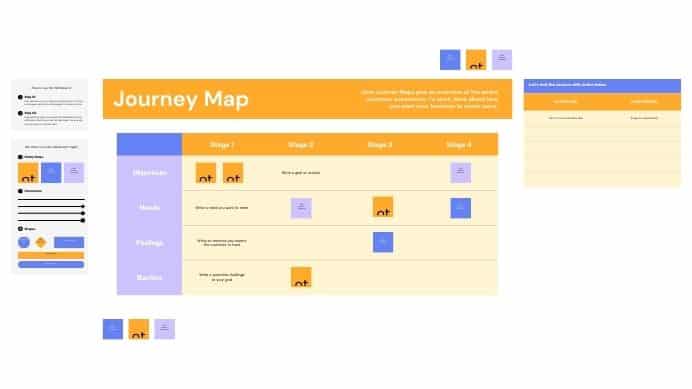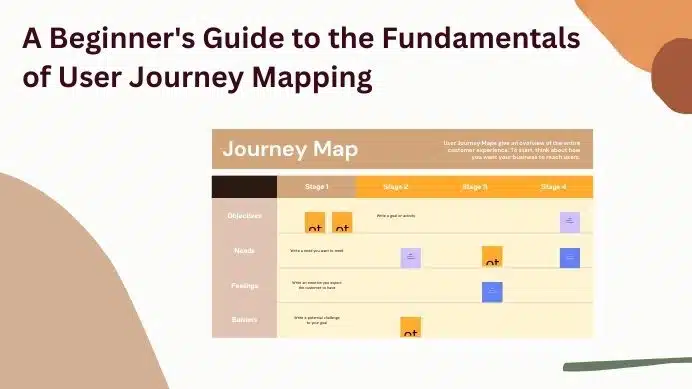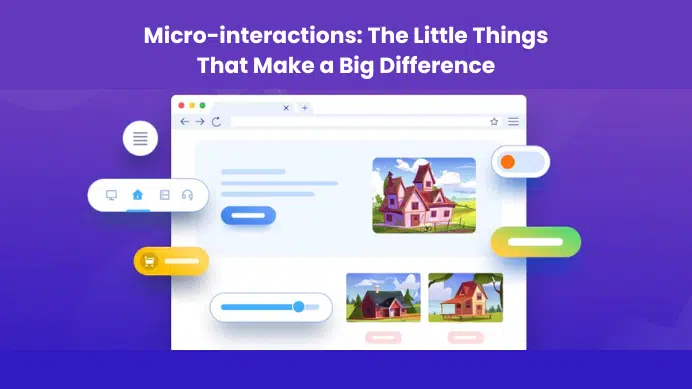User journey mapping is a powerful tool for product and service design. It helps you understand how customers interact with your product or service and how to improve the customer experience. Understanding your customer’s journey through your product or service can help you improve customer loyalty, engagement, and product design. In this article, we’ll explore the fundamentals of user journey mapping, the benefits of creating a user journey map, and the steps for creating one.
Table of Contents
Benefits of User Journey Mapping
Creating a user journey map can have many benefits for your product or service. It can help you understand your customer better, identify areas of improvement, and create a better customer experience. Here are some of the key benefits of user journey mapping:
Improved customer experience
User journey mapping helps you understand what your customers are experiencing and how they are interacting with your product or service. This understanding can help you improve the customer experience and increase customer satisfaction.
Increased customer loyalty and engagement
By understanding the customer journey, businesses can identify opportunities to increase customer engagement and loyalty. For example, businesses can create personalized experiences for customers, or offer incentives for customers to return.
Better product design and development
By understanding customer needs and behaviors, businesses can develop more effective products and services. Through user journey mapping, businesses can identify customer needs and behaviors, prioritize product features, and design better products and services.
Steps to Creating a User Journey Map
Creating a user journey map can be a daunting task, but it is essential for understanding customer needs and designing better experiences. Here are the steps to creating a user journey map:
Step 1: Identifying Your Target Audience
The first step in creating a user journey map is to identify your target audience. Who are you creating the map for? Are you creating the map for a specific customer segment, or for all of your customers? Knowing your target audience will help you determine the steps to include in the map.
Step 2: Defining Goals
The next step is to define the goals of the user journey map. What is the goal of the map? Are you trying to understand customer needs, or improve the customer experience? Defining the goals of the map will help you determine the steps to include in the map.
Step 3: Identifying Touchpoints
Once you’ve identified your target audience and defined the goals of the map, you can start to identify the touchpoints in the user journey. What are the steps users take to complete a task? What are the points of interaction with the product or service? Identifying the touchpoints in the user journey will help you create a more comprehensive map.
Step 4: Analyzing User Actions
Once you’ve identified the touchpoints in the user journey, you can start to analyze user actions. What are the users doing at each touchpoint? Are they taking the desired actions? Are they experiencing any pain points? Analyzing user actions will help you identify areas of improvement.
Step 5: Identifying Pain Points
Once you’ve analyzed user actions, you can start to identify pain points in the user journey. What are the points where customers are having difficulty or are experiencing frustration? Identifying pain points will help you create actionable insights to address those issues.
Step 6: Creating Actionable Insights
The final step is to create actionable insights from the user journey map. What insights can you gain from the map? How can you use those insights to improve the customer experience? Creating actionable insights will help you improve the customer experience and create better products and services.

Best Practices for User Journey Mapping
User journey mapping is an essential tool for understanding customer needs and creating better experiences. Here are some best practices for user journey mapping:
Involve customers in the mapping process
Involving customers in the mapping process can help you gain a better understanding of customer needs and behaviors. Ask customers for feedback on their experiences, or conduct user research to gain insights into their needs and behaviors.
Regularly review and update the map
Regularly reviewing and updating the map is essential for keeping up with customer needs and behaviors. Make sure to regularly review and update the map to ensure it is accurate and up-to-date.
Integrate journey mapping into product development processes
Integrating user journey mapping into product development processes can help you create better products and services. Make sure to involve the user journey map in the product development process to ensure the product or service meets customer needs.
Takeaway: User journey mapping is a powerful tool for understanding customer needs and creating better experiences.
Through user journey mapping, businesses can gain valuable insights into customer needs, identify customer pain points, and create actionable insights to improve the customer experience. By following the steps and best practices outlined in this article, businesses can create effective user journey maps and create better products and services.
Final Verdict
If you have read this far, I really appreciate it. I hope you enjoyed reading this article on “A Beginner’s Guide to the Fundamentals of User Journey Mapping”, If yes, then don’t forget to spread the word about it Click your favorite social media icon below to share this content. Signing off sowmiyavenkatesan611@gmail.com











